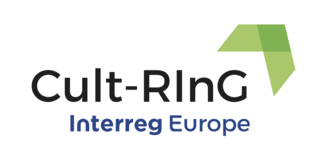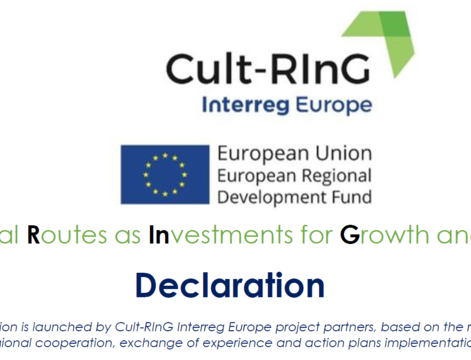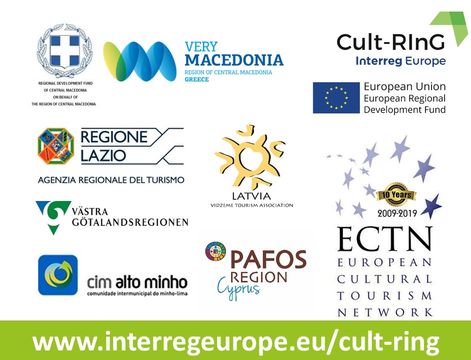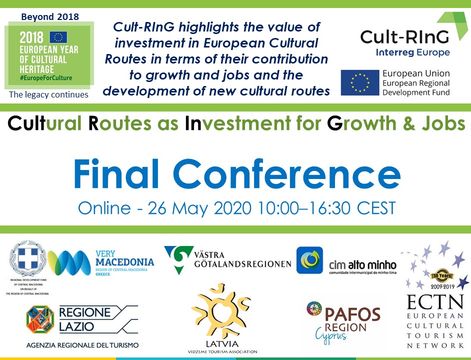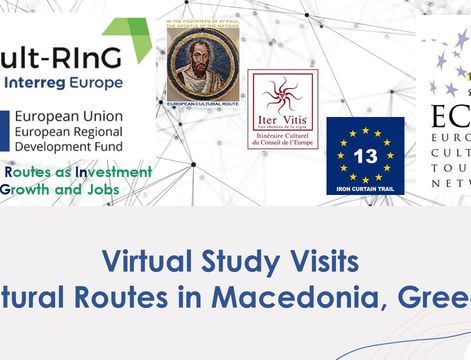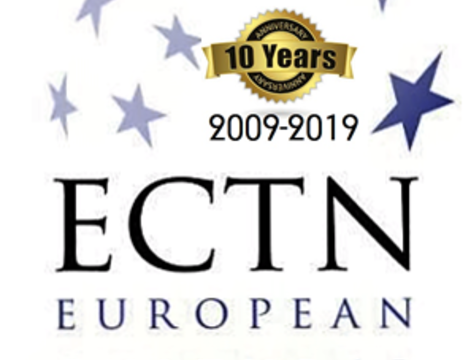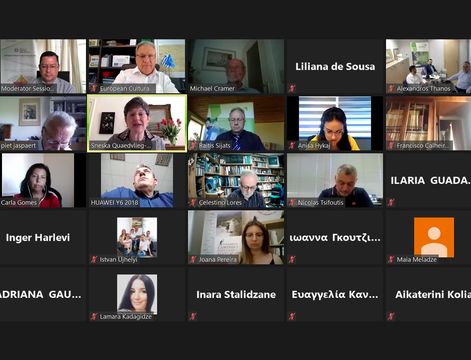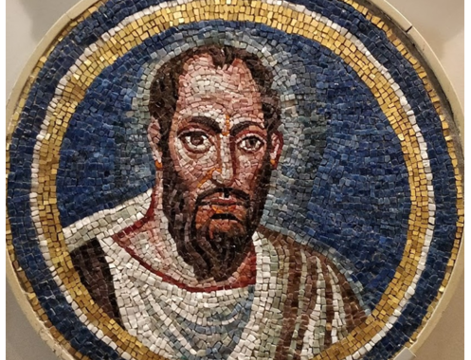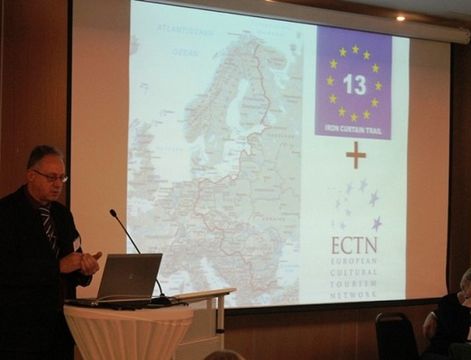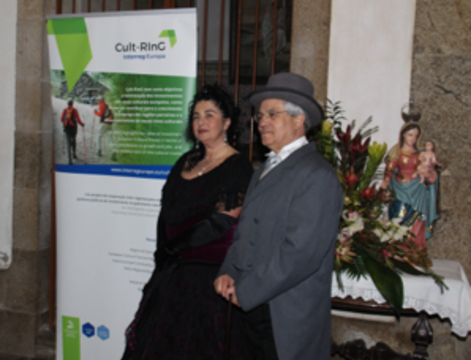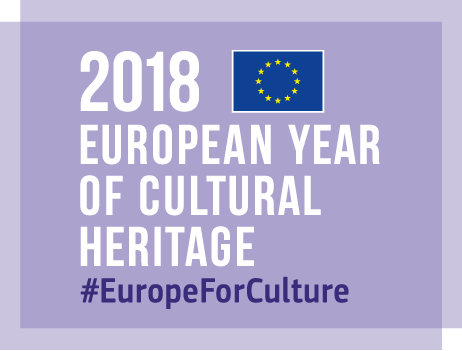A new European Cultural Route has been launched, by the Cult-RInG project partners: 'In the footsteps of St Paul, the Apostle of the nations', as a candidate route for certification by the Council of Europe. The launch took place at the Interregional Thematic Workshop on 'Development of new cultural routes', held in Pafos, Cyprus, on 25-27 October 2018, hosted by project partner Pafos Regional Board of Tourism.
A Memorandum of Understanding (MoU) has been signed previously between Region of Central Macedonia – Tourism Department, Greece, Lazio Region – Agenzia Regionale del Tourismo, Italy, Pafos Regional Board of Tourism, Cyprus, and the European Culural Tourism Network (ECTN), advisory partner and original developer of the Cult-RInG project. This MoU sets out the terms and understanding for cooperation between the above four organisations, already partners in the Interreg Europe project Cult-RInG (Cultural Routes as Investment for Growth & Jobs), to jointly develop and promote the transnational cultural route ‘In the footsteps of St Paul, the Apostle of the nations’, ultimately as a candidate cultural route for certification by the Council of Europe (CoE), in the frame of the Cult-RInG Interreg Europe project co-funded by the European Union ERDF.
The partners in Italy, Greece and Cyprus have already carried out related actions in promoting the route of St Paul’s footsteps in their territories. The aim is to develop and promote the overall route of St Paul’s missions, ultimately from Jerusalem to Damascus and through Cyprus (Pafos) and Greece (Macedonia, Athens, Corinth) to Rome, Lazio (end of the route), where the grave has been found at the Basilica of San Paolo outside the walls (Basilica Papale di San Paolo Fuori le Mura).
The above goals will be accomplished by undertaking the following activities:
1. Definition in common of the exact cultural route theme, its scope and aims. Research by groups of experts from each country. Multidisciplinary approach if possible.
2. Determination of the historical and cultural context from each partner, including beginnings, historical growth, influence on European history and heritage, theme representative of European values.
3. Investigation from each partner on whether the proposed cultural route is offered for cultural and educational exchanges for young Europeans and how.
4. Investigation from each partner on whether the proposed cultural route helps to the development of alternative tourism and sustainable land use initiatives, how and where. Identification of current (if relevant) innovative projects in the field of cultural tourism and sustainable cultural development related to the theme.
5. Investigation from each partner on whether the proposed cultural route is or can be object of tourism products created in partnership with tour operators, tourism products for different audiences, including school public. Which products could be these and with whom could be developed.
6. Identification of existing or possible tools used along the route to identify the number of visitors and the economic impacts of the route on the territories crossed.
7. Identification and listing from each partner of the small and medium-sized enterprises (local productions (products as part of the route, such as, for example, agri-food products), hotels and tourist accommodation, restoration structure, services businesses linked with the route, other enterprises) linked with the cultural route or with the theme developed by the cultural route.
8. Development of a graphic charter for the visibility of the route and creation of route’s logo if possible. Investigation on whether an interactive or GIS map can be created.
9. Determination of the legal status of the official cultural route network.
10. Finding approach, partners in each country that can participate and support the network. Partners from each country should represent at least three out of the four domains of the quadruple helix – a) state/government, b) industry/business, c) academia/universities, d) media- and culture- based public, civil society – for the acceleration of research and innovation results transfer to regional growth.
11. Finding approach partners in other European countries that can participate and support the network.
12. Determination of the Members of the governing board, the members of the steering committee, the members of the secretariat and the scientific committee, when the Route’s network will be officially established. The first provisional Board to consist of representatives of the 4 founding members: Region Central Macedonia as President, Region Lazio as 1st Vice President, Pafos Regional Board of Tourism as 2nd Vice Precedent, European Cultural Tourism Network as Secretariat.
Region of Central Macedonia, as the Network Presidency, will coordinate the partners for the development of the official “In the footsteps of St Paul, the Apostle of the nations” Cultural Route Network.

